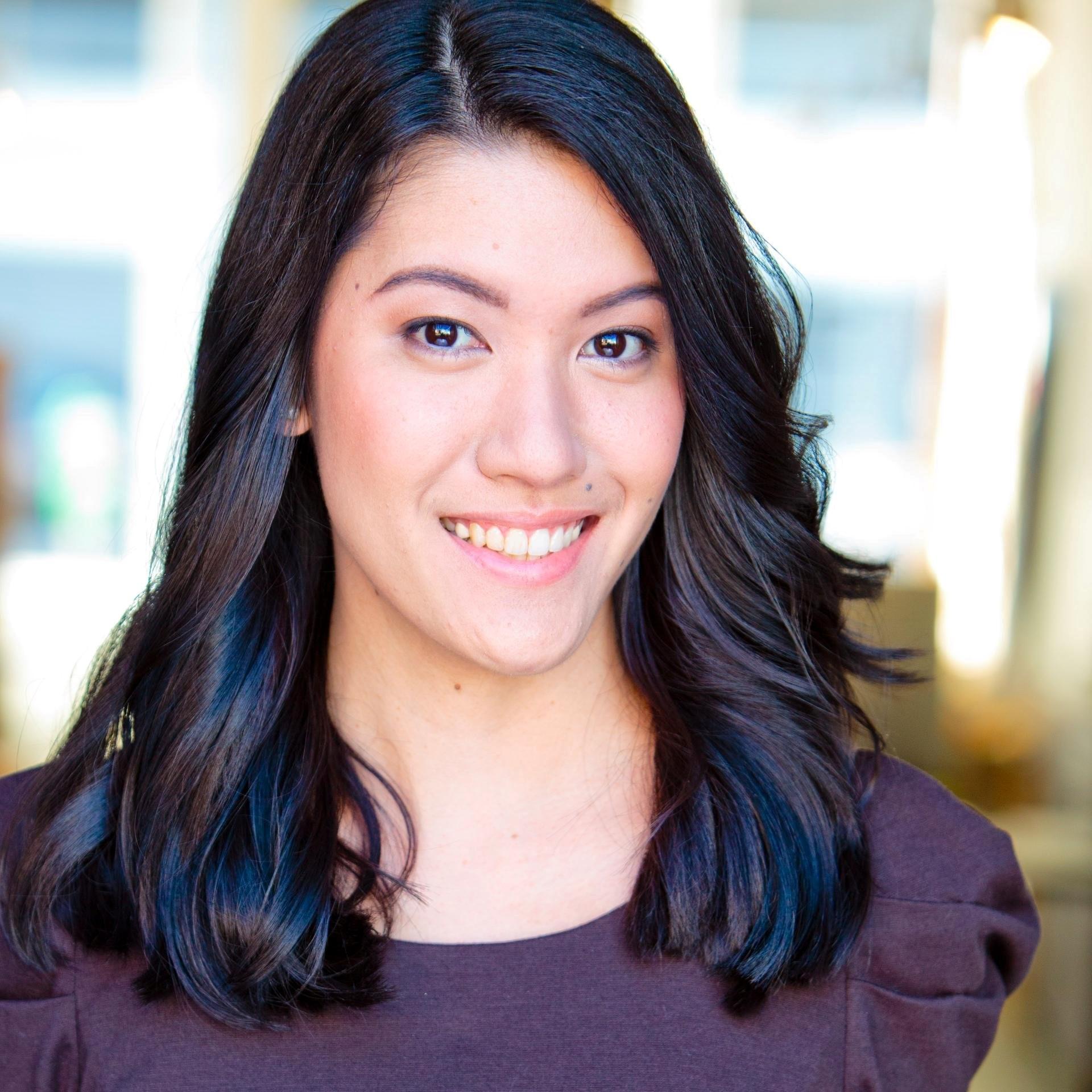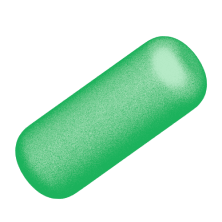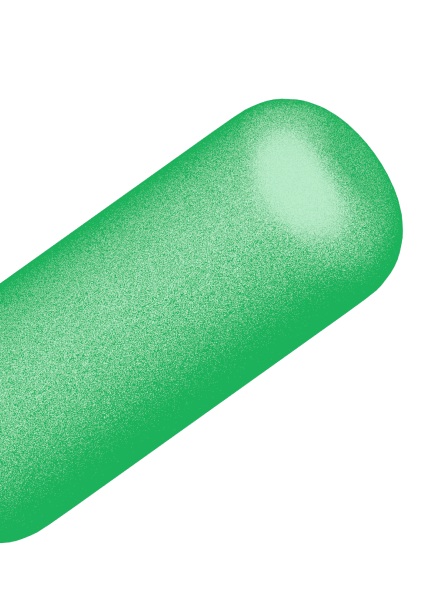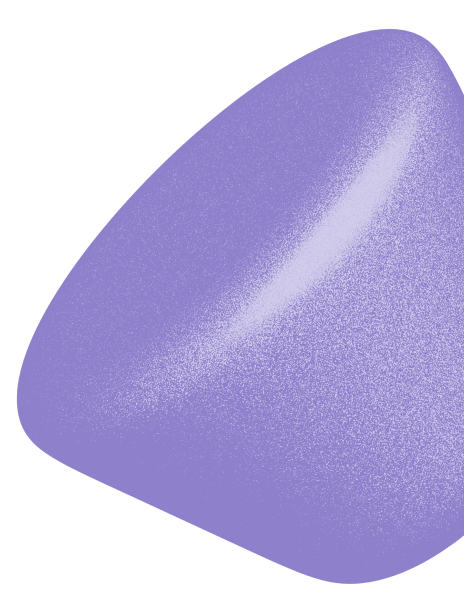Share of mind metrics: Aided and unaided brand awareness

TL;DR
- There are two levels of brand awareness that mean different things for your brand's share of mind.
- Unaided awareness is a measure of brand recall, assessing which brands in a category are top of mind without any prompts.
- On the other hand, aided awareness is a measure of of brand recognition, tracking how familiar are consumers with a brand when given prompts.
- Tracking both aided and unaided awareness gives a complete picture of where your brand sits in the minds of consumers, helping brand builders identify growth opportunities and set strategy accordingly.
On the surface, the concept of brand awareness is easy enough to understand: it's a metric that measures how well consumers recognise and recall your brand.
Tracking brand awareness is a must for just about any business as it provides crucial insights into your brand's visibility and market presence. That said, measuring it accurately can be challenging due to varying levels of consumer recall and recognition.
This is where aided and unaided brand awareness come into play.
Understanding the difference between these two types of awareness can help fine-tune your marketing efforts for maximum impact.
In this article, we shed light on aided and unaided awareness. You'll learn how to differentiate these share of mind metrics and discover which type of brand awareness to track (and when).
Sign up to Shorts
For fortnightly brand insights, stories and goodness that'll help you win (we promise).
The two levels of brand awareness 🤔🧠
As we alluded to earlier, there are two levels of brand awareness: aided and unaided. Aided awareness is when consumers recognise your brand after being prompted with a specific cue, while unaided awareness is when consumers recall your brand without any prompts.
Think of it this way: let's say we ask, "What's the first brand that comes to mind when you think of chocolate?". If you're in the UK it might be Cadbury, Galaxy or Ferrero.
Whatever brand popped up in your mind is unprompted or unaided brand awareness – you thought of a leading brand in that category without any prompting.
Conversely, if we asked, "Which of the following chocolate brands are you aware of?" and gave you a list of options to choose from, your response would demonstrate aided brand awareness, as your recognition is being prompted by a specific list of brands.

Survey questions for aided brand awareness and unaided brand awareness 🗒️ ✏️
Measuring aided and unaided brand awareness can be done through brand research and surveys, and the questions you ask will depend on the specific level of awareness that you want to measure.
Question for aided brand awareness
To measure aided brand awareness, you need to provide prompts to help respondents identify a brand.
At Tracksuit we do this by asking respondents, "Which of the following [category] brands are you aware of?", and show them a randomised collection of logos. Respondents then select all that they recognise.
Question for unaided brand awareness
On the flip side, unaided brand awareness measures how well consumers can recall your brand when asked an open-ended question.
At Tracksuit we ask, "Which brands come to mind when you think of [category]?"
We ask respondents to type all brands they can think of within a category into open-ended boxes.
In doing so, we gain a clearer understanding of which brands are truly top-of-mind for consumers and can assess the strength of spontaneous brand recall.
The benefits of tracking unaided awareness💡
Why should you measure unaided awareness? There’s several reasons this is a valuable metric for brand builders.
Assess top-of-mind strength
Unaided brand awareness tells you if consumers immediately associate a brand with a category. This insight is crucial because it reflects the effectiveness of your brand's presence and positioning in the market. When consumers can recall your brand without any prompts, it shows that it is deeply ingrained in their minds and that you're a relevant player in your category.
On the other hand, if few consumers can recall your brand unaided, it could mean that you need to refine your marketing efforts to increase visibility and strengthen your brand's association with the category.
Predicts consumer behaviour
Brands remembered without prompting have higher chances of being considered for purchase. In other words, consumers are much more likely to seek out your brand when they're ready to buy.
Let's go back to the chocolate example. If someone at a supermarket craves chocolate, which brand do you think they'll consider first?
Answer: the one they're most familiar with.
If Hershey's is top-of-mind for a particular shopper, they'll look for that brand first in the grocery aisles and they'll be predisposed to purchasing it.
This same behaviour can also be seen in online shoppers and browsers. If a would-be toothpaste buyer already has a brand in mind like Colgate (unaided awareness), they'll begin their search by typing Colgate's brand name into Google, which will show the company's website as the very top result.

Now, let's say a customer doesn't have Colgate (or any other toothpaste brand) at the top of their mind. In this instance, they'd simply type "toothpaste" into Google. The results would be numerous and varied, making it harder for any brand to stand out.

And sure, the shopper might recognise Colgate among the search results, thanks to prompted awareness, but they'll have to sift through many options, including Amazon listings and other competitors.
This illustrates the advantage of unprompted awareness: when consumers intend to buy, they go directly to the brand they recall without needing to sift through competitors.
Provides early campaign feedback
Unaided brand awareness is often the first metric to change when implementing brand-building activities. It can be a valuable early indicator of the effectiveness of your marketing efforts. By tracking unaided awareness, you can quickly gauge whether your campaigns are making an impact and resonating with your target audience so you can make smarter marketing decisions in the future.
Highlights competitive standing
Measuring unaided brand awareness of a brand along with its competitors can demonstrate how a brand is compared to others in the same category. This insight is super valuable because it reveals your brand's relative strength and market position.
Knowing where your brand stands in the minds of consumers compared to your competitors allows you to identify opportunities for improvement.
It also highlights which competitors are top-of-mind for your audience, helping you benchmark your performance.
Gives category clarity
Unaided brand awareness shows which brands consumers associate with a category, including any new entrants. It gives you a clear picture of the market and lets you stay on your feet. If a fresh, new brand comes along, for example, you may be first alerted to it by a consumer mentioning it in response to your unaided awareness question. Following the new entrant in months to come can quickly reveal its impact on consumer perceptions and market dynamics. That way, you can proactively respond and ensure you stay relevant.
True measure of brand recall
Asking consumers to mention brands without any prompts or leading questions avoids the bias of respondents recognising a brand only because it was shown to them. As such, unaided brand awareness provides a more accurate and genuine measure of how well your brand is embedded in consumers' minds.
Unaided awareness can tell you if the recall is based on genuine recognition and memory, giving you a clearer understanding of your brand's actual presence and influence in the market.
The benefits of tracking aided awareness ✅
Now, let's talk about aided brand awareness. While unaided awareness shows how well your brand is recalled without any prompts, aided awareness provides insight into how recognisable your brand is when consumers are given a cue. Here are the benefits of tracking it:
Gauges brand familiarity
Aided awareness is an effective measure of how well-recognised a brand is. That's because it shows whether consumers can recognise your brand when given a prompt, indicating how familiar they are with your brand even if it's not top-of-mind.
Aligned to decision-making processes
Aided brand awareness also reflects how consumers behave when they choose between multiple brands. It helps you understand how your brand stands out when consumers are presented with several options, giving insight into how effective your brand is in competitive scenarios.
Broad awareness measurement
Just because a brand isn't immediately top-of-mind doesn't mean consumers aren't familiar with it. Aided brand awareness is an excellent way to measure that secondary level of familiarity.
It enables you to capture a range of brand recognition beyond top-of-mind recall, which then provides a more comprehensive understanding of your brand's presence and reach.
Competitor comparison
Tracking aided brand awareness enables you to compare your performance against competitors directly, and see how it changes over time. These insights can inspire ideas about how to outshine the competition.
Who should track aided and unaided brand awareness?
Wondering if you should track aided awareness, unaided awareness, or both? Here's the deal: aided brand awareness is something every brand should track and is included in Tracksuit’s brand tracker by default as a core question. Whether you're a newcomer to the market or an established brand, aided awareness helps you understand how familiar consumers are with your brand.
As for unaided awareness — this is a metric best tracked when you've achieved at least 40% brand awareness. Unaided awareness is hard to achieve for small brands and, therefore, may not be that meaningful until you've reached a significant level of recognition.
Consumers are less likely to recall smaller or newer brands without prompts, making it a less reliable indicator of your market presence.
The case for tracking both aided and unaided brand awareness 🤝
The fact is, once you've hit a certain level of category penetration (as mentioned, 40% brand awareness), you should be tracking both aided and unaided awareness.
Doing so gives you a truly comprehensive understanding of your brand strength relative to competitors.
Here's an example. Let's say that after implementing brand tracking initiatives, you discover that your brand is recognised by consumers (aided awareness) but not immediately recalled (unaided awareness).
This insight leads to the decision to invest marketing budget in increasing top-of-mind salience through a series of high reach OOH placements, which then results in a lift in both aided and unaided awareness.

If you had only been measuring aided awareness, you might have concluded that your brand's visibility and recognition were sufficient instead of realising the need to invest more in order to boost spontaneous recall.
As you can see, tracking both metrics provides a fuller picture of consumer perception. You'll be able to measure the level of familiarity, awareness, and recognition your brand has in the market, which will ultimately guide your marketing strategy.
Get the complete picture of your brand's health 🎉
Whether you're measuring aided awareness, unaided awareness — or ideally — both, Tracksuit can help.
Our brand tracking dashboard surfaces these share of mind metrics so you can measure the impact of your brand initiatives and understand your current brand positioning.
Want to go deeper? Tap into Tracksuit's demographic deep dives, funnel analysis features, plus competitor and category insights to uncover detailed information about your target audience and market dynamics.
From there, you can also use Tracksuit's intuitive dashboards and beautifully presented data to communicate with brand stakeholders, leadership teams, and suppliers. That way, everyone can align on strategies and make informed decisions.
The bottom line: Tracksuit has got you covered on all things brand building, so you can continue to grow and win.
Request a demo to learn more. Already a Tracksuit customer? Talk to your Brand Champion about adding unaided brand awareness to your tracker.





